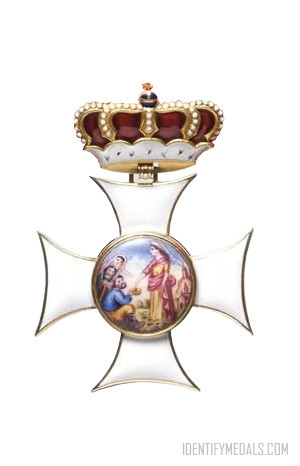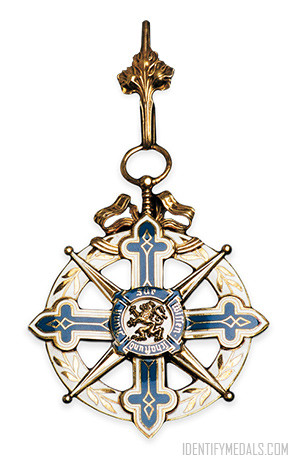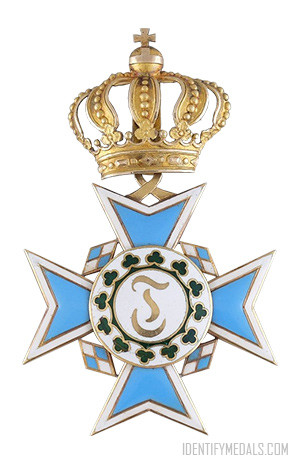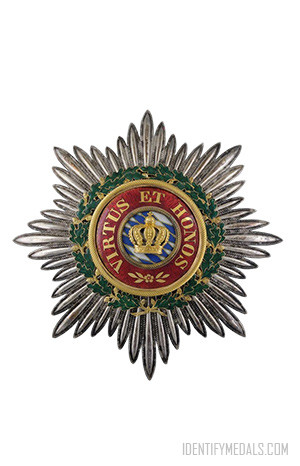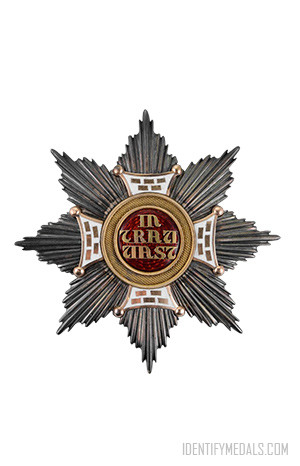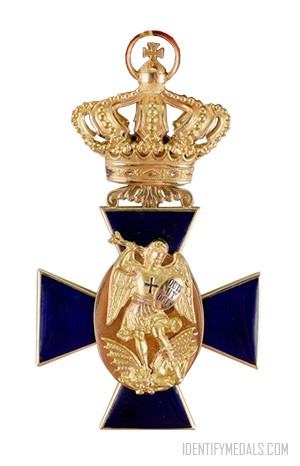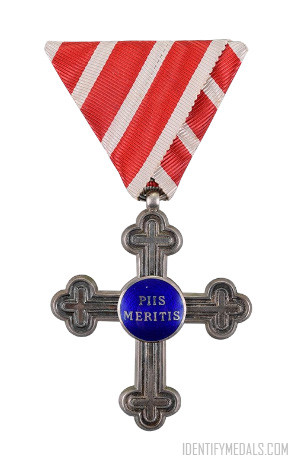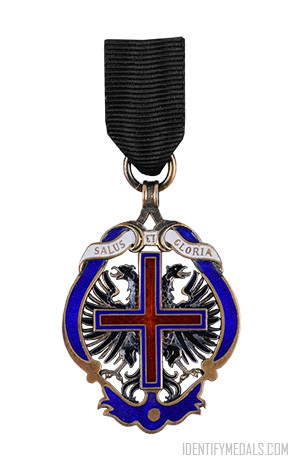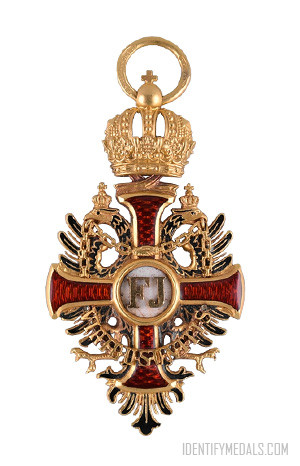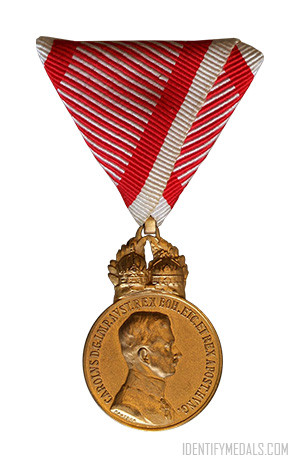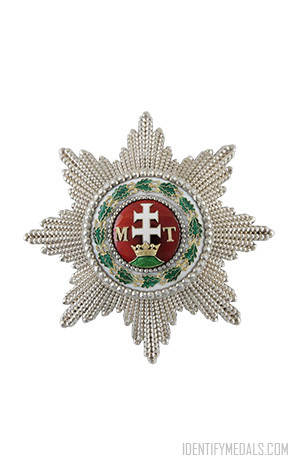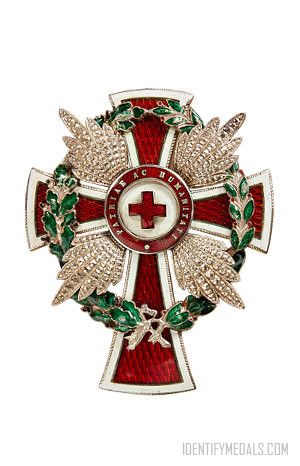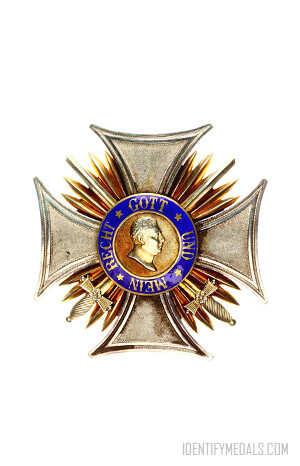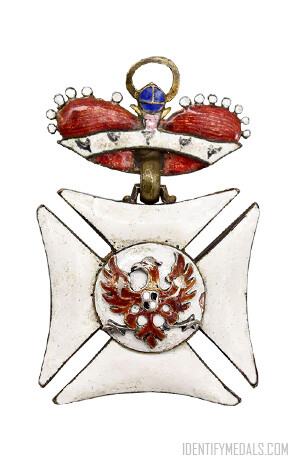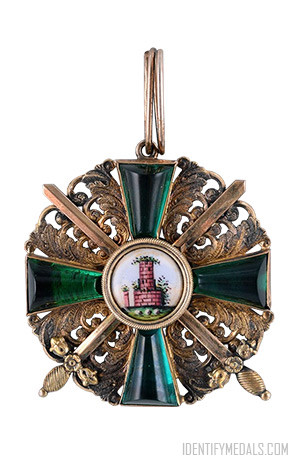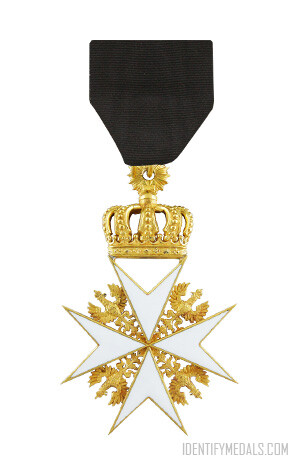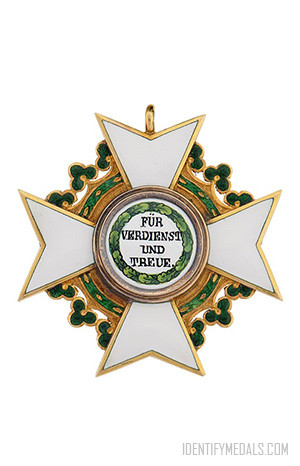Medals from the Kingdom of Prussia
Prussian Badges, Medals & Awards
The Kingdom of Prussia was a German kingdom that existed between 1701 and 1918 and was the leading state of the German Empire. The kings of Prussia were from the House of Hohenzollern, a German royal dynasty that arose in the area around the town of Hechingen in Swabia during the 11th century.
Because of its power, Prussia continuously tried to unify most of the German states under its rule. This was achieved after the defeat of Napoleon III in the Franco-Prussian War of 1870–71, as the victory brought an overwhelming wave of nationalism that changed the opinions of some of those who had been against unification. Prussia is considered the legal predecessor of the unified German Reich (1871–1945) and as such a direct ancestor of today’s Federal Republic of Germany. Explore awards, badges and medals from the Kingdom of Prussia below.
Popular Prussian Medals, Orders & Decorations
Prussia was characterized by a strong, centralized monarchy with significant power vested in the king. Prussia, in fact, led the German states in several key conflicts: the Danish War (1864), the Austro-Prussian War (1866), and the Franco-Prussian War (1870-71). Here are five popular Prussian medals, orders, and decorations:
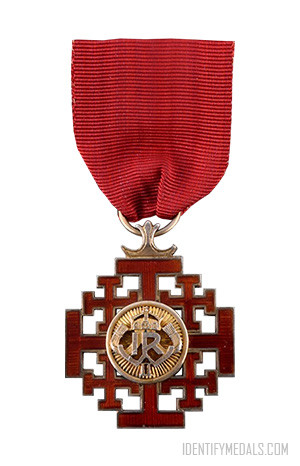
The Jerusalem Cross
The Jerusalem Memorial Cross is a Prussian decoration established in 1898 and awarded to those who visited Palestine with the King.
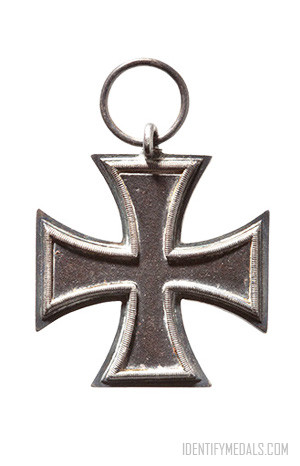
The Iron Cross (EK 1813)
The Iron Cross (Eisernes Kreuz) is a military decoration of the Kingdom of Prussia and later the German Empire and Nazi Germany.
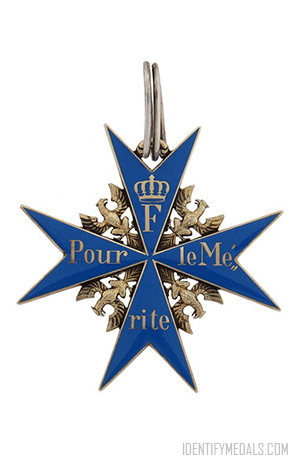
Orden of Merit Pour le Mérite
The Pour le Mérite (“For Merit” in French) is an order of merit established in 1740 by King Frederick II of Prussia.
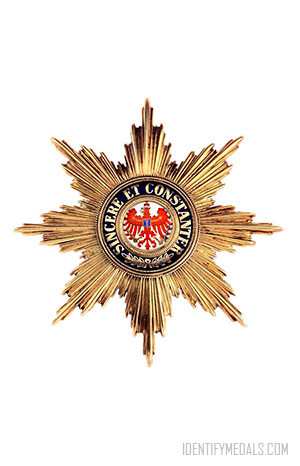
The Order of the Red Eagle
The Order of the Red Eagle (Roter Adlerorden) was an order of chivalry of the Kingdom of Prussia awarded to military personnel and civilians.
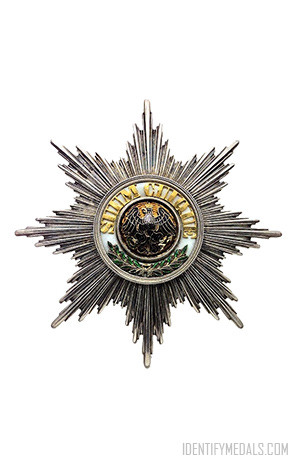
The Order of the Black Eagle
The Order of the Black Eagle was the highest order of chivalry in the Kingdom of Prussia. It was founded in 1701 by Elector Friedrich III.
Prussian Orders
Prussian Orders were typically divided into military and civilian categories, with different classes or ranks within each order denoting varying degrees of honor and distinction. The most prestigious of these orders included the Order of the Black Eagle, the Order of the Red Eagle, and the Pour le Mérite, also known as the “Blue Max.” These orders were often adorned with distinctive insignia, including crosses, stars, and ribbons, and were worn with pride by recipients as symbols of their achievements and status. Here’s the complete list:
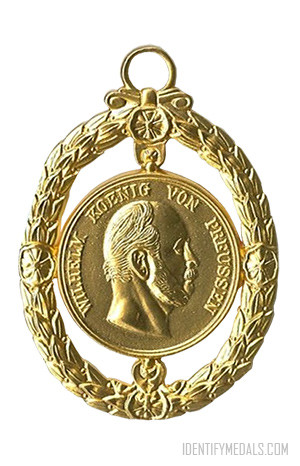
The Wilhelm Orden
The Wilhelm-Orden was instituted on 18 January 1896 by the German Emperor and King of Prussia Willhelm II as a high civilian award.
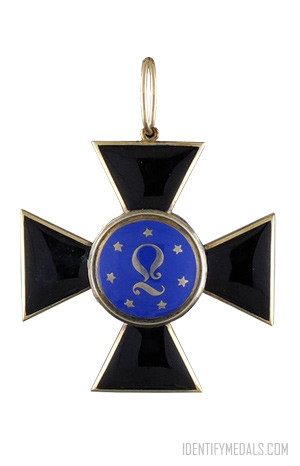
The Order of Louise
The Order of Louise was founded on 3 August 1814 by Frederick William III of Prussia to honor his late wife, the beloved Queen Louise.
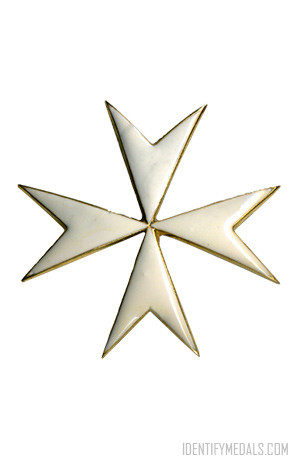
The Order of Saint John (Johanniter Order)
The Bailiwick of Brandenburg of the Chivalric Order of Saint John of the Hospital at Jerusalem is the oldest surviving chivalry order.

Orden of Merit Pour le Mérite
The Pour le Mérite (“For Merit” in French) is an order of merit established in 1740 by King Frederick II of Prussia.
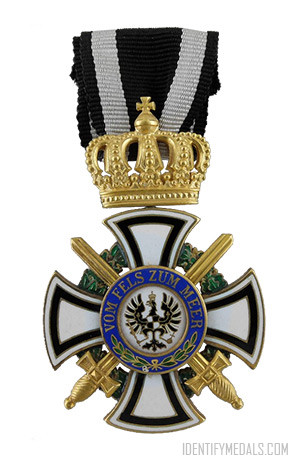
The House Order of Hohenzollern
The House Order of Hohenzollern is a dynastic order of knighthood of the House of Hohenzollern awarded to officers and civilians.
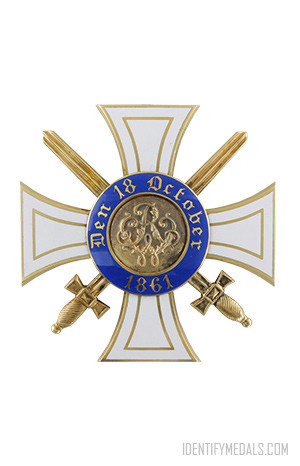
The Order of the Crown (Prussia)
The Royal Order of the Crown was a Prussian order of chivalry instituted in 1861 as an honor equal in rank to the Order of the Red Eagle.

The Order of the Red Eagle
The Order of the Red Eagle (Roter Adlerorden) was an order of chivalry of the Kingdom of Prussia awarded to military personnel and civilians.
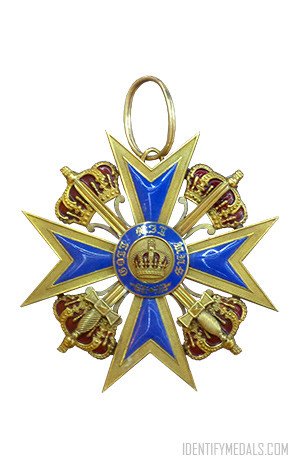
The Order of Merit of the Prussian Crown
The Order of Merit of the Prussian Crown is an award of civil and military merit established on the bicentennial of the Kingdom of Prussia.

The Order of the Black Eagle
The Order of the Black Eagle was the highest order of chivalry in the Kingdom of Prussia. It was founded in 1701 by Elector Friedrich III.
Prussian Military and War Decorations
Prussian Military and War Decorations encompass a range of medals, badges, and awards bestowed upon military personnel for their valor, service, and contributions during times of conflict and war. These decorations were distinct from the chivalric orders of Prussia and were specifically designed to recognize acts of bravery, leadership, and dedication on the battlefield. During various wars and military campaigns in which Prussia participated, such as the Napoleonic Wars, the Franco-Prussian War, and World War I, military decorations were awarded to soldiers and officers for their courage, meritorious service, and exceptional performance in combat. These include:
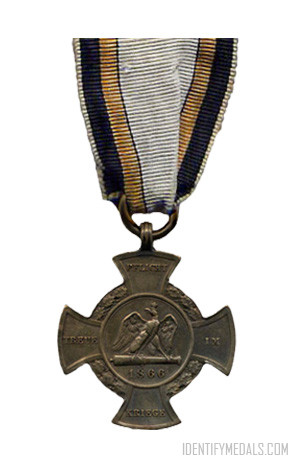
The Königgrätz Commemorative Cross
The Königgrätz Commemorative Cross is a Prussian medal instituted in 1866 by Wilhelm I and awarded to officers, NCOs and officials.
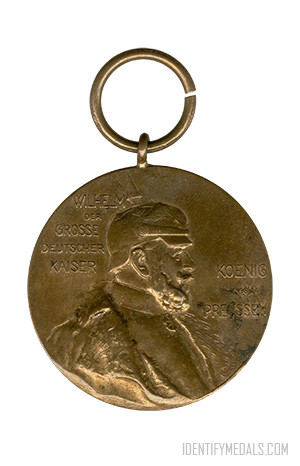
The Centenary Medal (Prussia)
The Kaiser Wilhelm Memorial Medal was established in 1897 by Wilhelm II to celebrate the 100th Birthday of his grandfather Emperor Wilhelm I.
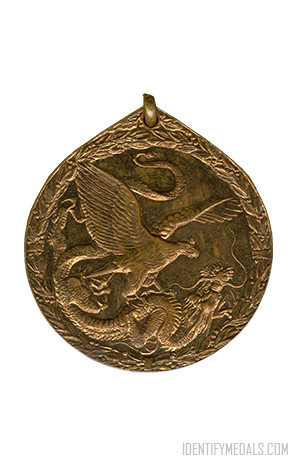
The China Medal (German Empire)
The China Medal is a medal of the German Empire established in 1901 by Kaiser Wilhelm II as King of Prussia and German Kaiser.
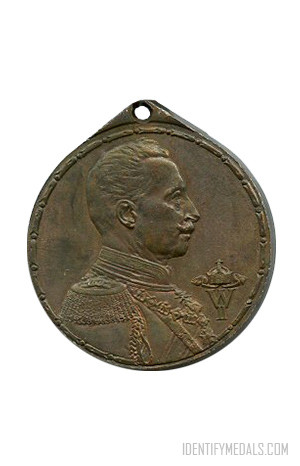
The Colonial Medal (German Empire)
The Colonial Medal is a medal of the German Empire established in 1912 by Kaiser Wilhelm II and awarded retroactively.
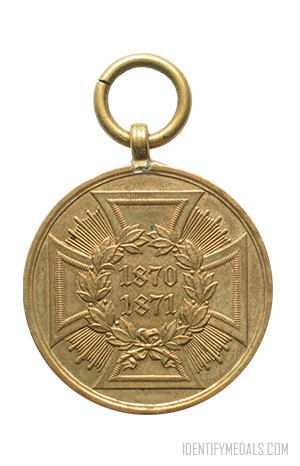
The War Commemorative Medal of 1870/71
The War Commemorative Medal of 1870/71 was a campaign medal presented by Kaiser William I in his capacity as King of Prussia.
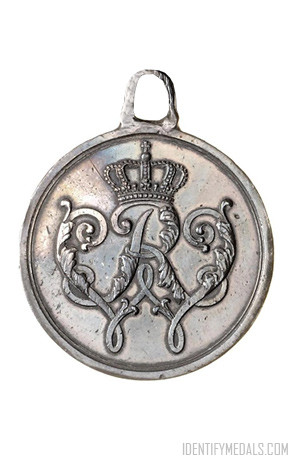
The Warrior Merit Medal (Prussia)
The Warrior Merit Medal is a military decoration of Prussia established by Friedrich Wilhelm III and awarded primarily to troops.
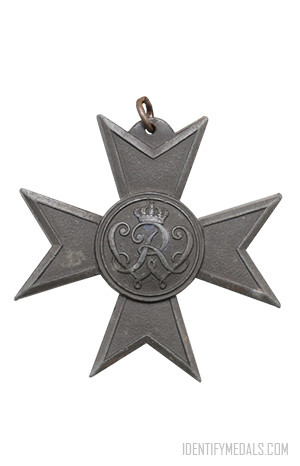
The Merit Cross for War Aid
The Merit Cross for War Aid is a war decoration of Prussia awarded during World War I. The medal was instituted on 5 December 1916.
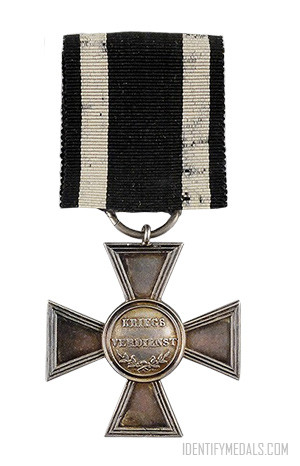
The Military Honor Medal
The Military Honor Medal (Militär-Ehrenzeichen) is a military decoration awarded by the Kingdom of Prussia to military personnel.
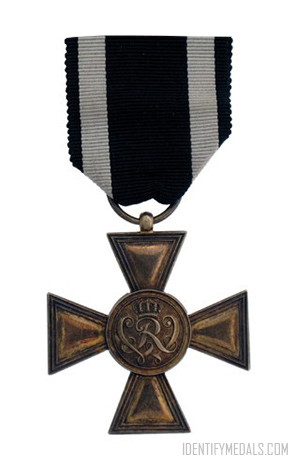
The Military Merit Cross (Prussia)
The Military Merit Cross was the highest bravery award of the Kingdom of Prussia for non-commissioned officers and enlisted soldiers.

The Iron Cross (EK 1813)
The Iron Cross (Eisernes Kreuz) is a military decoration of the Kingdom of Prussia and later the German Empire and Nazi Germany.
Other Prussian Awards
In addition to the well-known Iron Cross and other military decorations, Prussia also awarded several other notable awards, including the Cross of the Mount of Olives, Jerusalem Cross, and Red Cross Medal.
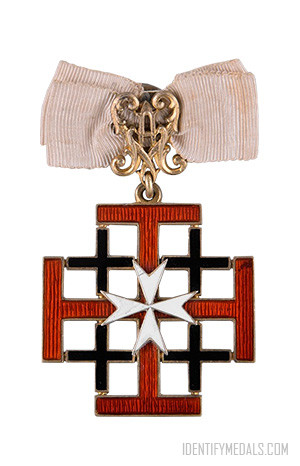
The Cross of the Mount of Olives
The Cross of the Mount of Olives is a Prussian award founded in 1909 to commemorate the foundation of a hospital on the Mount of Olives.

The Jerusalem Cross
The Jerusalem Memorial Cross is a Prussian decoration established in 1898 and awarded to those who visited Palestine with the King.
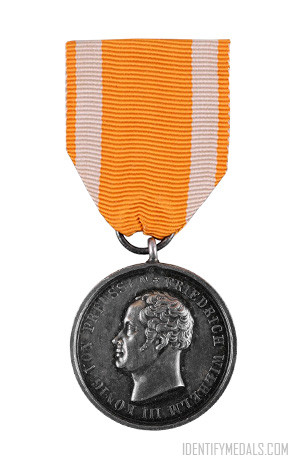
The Lifesaving Medal
The Lifesaving Medal was a civil decoration of the Kingdom of Prussia awarded to those who had saved a person’s life at risk to their own.
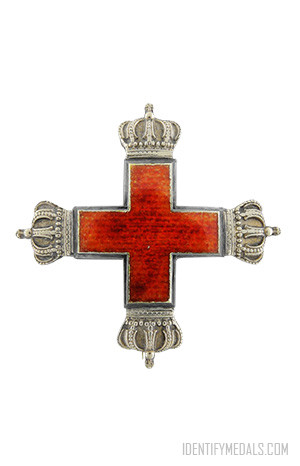
The Prussian Red Cross Medal
The Red Cross Medal was set up in 1898 by Emperor Wilhelm II and awarded to those who did great service to the sick in peace or wartime.
Medals from the Kingdom of Bavaria
Bavaria was a German state established after 1814 with the Treaty of Paris that continued to exist until 1918. With the unification of Germany into the German Empire in 1871, the kingdom became a federal state of the new Empire and was second in size, power, and wealth to the Kingdom of Prussia. Explore awards, badges and medals from the Kingdom of Bavaria.
Austro-Hungarian Orders
The Austria-Hungarian Empire was a constitutional monarchy and great power in Central Europe between 1867 and 1918. The Empire was ruled by the House of Habsburg and constituted the last phase in the constitutional evolution of the Habsburg Monarchy. Explore awards, badges and medals from the Astro-Hungarian Empire.
More Medals from Germany
In 1871, Germany became a nation-state, and after World War I and the German Revolution of 1918–1919, the Empire was replaced by the Weimar Republic. The Nazi seizure of power in 1933 led to the establishment of a dictatorship. After the end of World War II and the fall of communism and the German reunification, the country became a federal parliamentary republic. Explore German awards, badges and medals.

